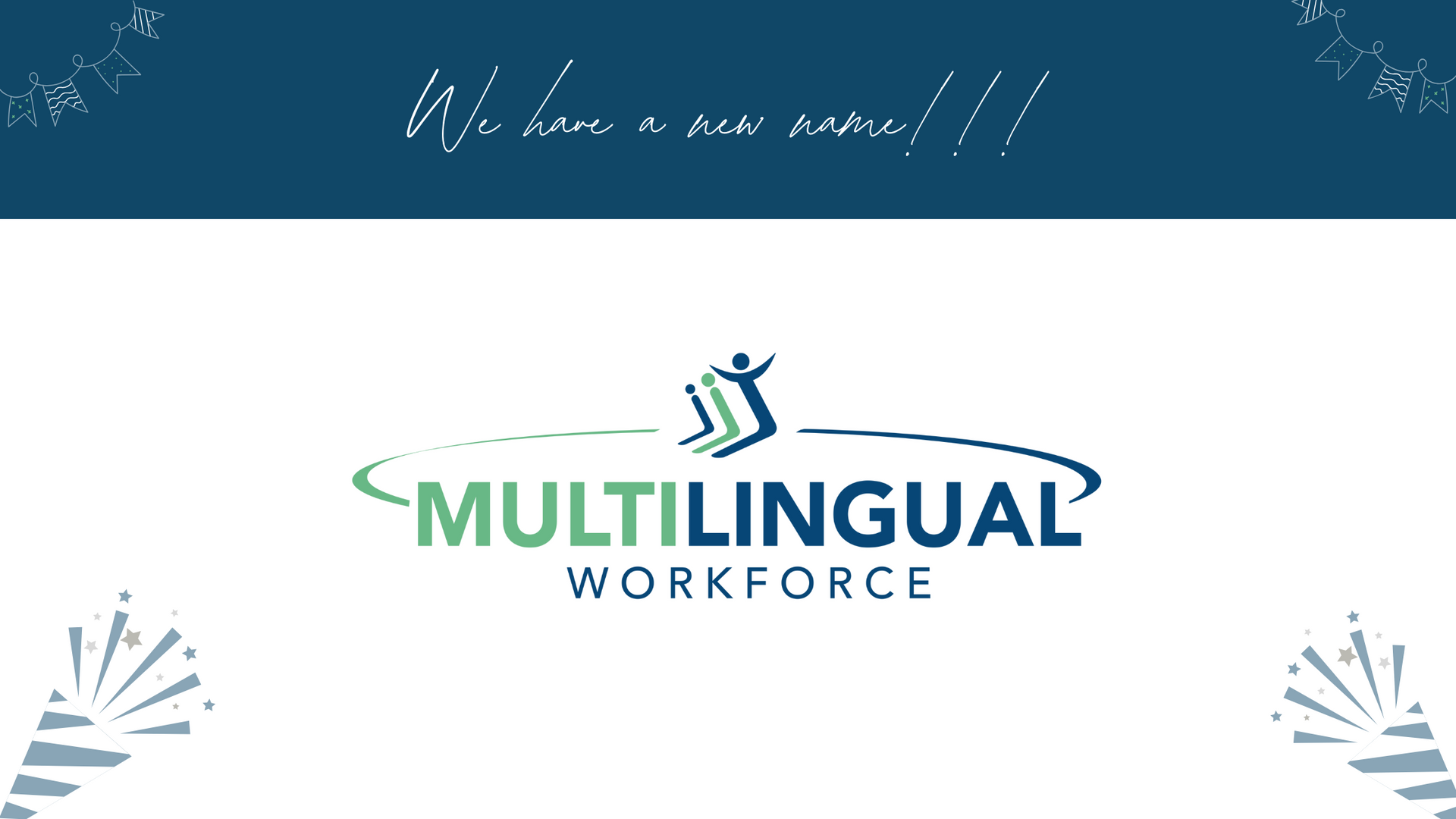Unlocking the Career Potential of Non-Native English Speakers Through Learning and Development
When was the last time you thought about who in your workforce had the potential to advance their career within your company? In most instances, a non-native English speaker employee would not be at the top of that list.
In recent years, American employers have been working diligently to appreciate the value of diversity, equity, and inclusion in the workplace. Yet non-native English speakers are rarely explicitly included in DEI initiatives.
Limiting their potential, impacts personal and business growth. Our country has many people whose skills, talents, and experiences are blocked due to language barriers. Non-native English speakers of all skill levels are all too often overlooked or undervalued, which limits their potential for growth and the growth potential of the companies that miss out on hiring and promoting them.
"Highly skilled immigrants … often encounter a labyrinth of obstacles when they try to find jobs in the U.S., frustrating not only their ambitions but also their earning potential
as they settle for lower-skill positions."
Here is a list of common challenges faced by non-native English speakers in the workplace:
- Language barriers: Difficulty communicating what they mean or understanding the meaning of what others are saying.
- Cultural differences: Language differences come with cultural differences too, as individuals and families move outside their country or region of origin. Business protocols, interpersonal interaction styles, food preferences, fashions, and senses of humor vary widely around the globe.
- Not being taken seriously: Being identified as a foreigner often means being taken less seriously than native colleagues in a professional environment.
- Limited career mobility: Too often, non-native speakers experience limited mobility at work. Management roles, for example, heavily rely on communication. Language barriers can get in the way of career advancement.
- Being treated differently, less than: Non-native English speakers frequently report being overlooked or having their expertise minimized by colleagues and managers.
Learning and Development Can Change the Story
Hiring and supporting non-native English speakers is a business decision and requires an integrated plan for learning and development.
Offering Workplace ESL classes and programs as part of an organization's learning and development strategy can result in benefits such as:
- Greater diversity of ideas, skills, and talents
- Access to an expanded talent pool from which to fill open positions
- Improved employee retention
Providing opportunities for your workforce to up-skill continually, is essential to employee motivation and job satisfaction. Motivated and talented employees do their jobs better, leading to greater profitability and growth.
Consider including a workplace ESL program as part of your learning and development strategy.
Here are a few essential elements that you should include:
- Proper initial assessment of all learners: each student's baseline English competency, their learning history, learning style and preferences, the time they have to commit, and their motivation level.
- Regular formative assessments and ongoing lesson adjustments.
- Classes should be engaging, academically sound, and combined with other aspects such as self-learning. These may be one-on-one, small groups, or more extensive workshops—whatever's best for your workforce.
- Employees enjoy and will progress more quickly when lessons speak to their exact job responsibilities. They aren't just learning generic business English—as beneficial as that may be—they are learning to do their jobs better in real ways that benefit them and your company.
What makes excellent in-company ESL programs?
ESL programs should deliver lessons written explicitly with your company's goals driving it. But just having an in-house, native English-speaking ESL teacher provide lessons when staff has some spare time isn't necessarily going to bring the benefit you should expect with a good internal English program. As with any learning and development strategy, classes or training should be aligned with long-term business goals and managers should be actively involved in championing the language skill development of their employees.
For more information and insight on developing an in-house ESL program, check out our blog
Developing a Workplace Literacy Program.
The bottom line is that learning and development can unlock the career potential for many non-native English-speaking employees. Workplace Talent Solutions is here to partner with you to assist and help you design a learning and development strategy specifically for non-native English speakers that will increase the growth potential of your workforce and your business.
Contact us today to set up a free consultation to explore how you can address the learning and development needs of your non-native English-speaking workforce to unlock their career potential and keep your business growing.












